(6474 products available)






















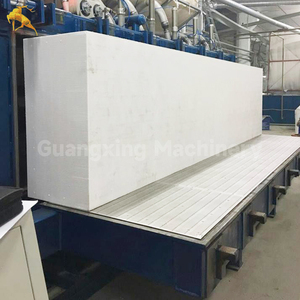


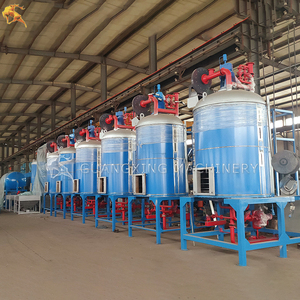







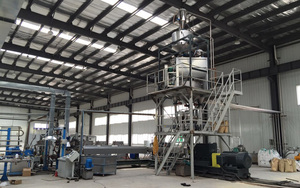








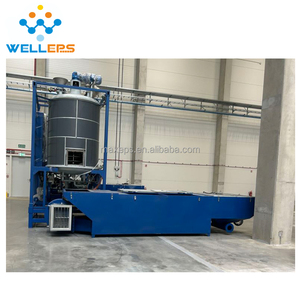






























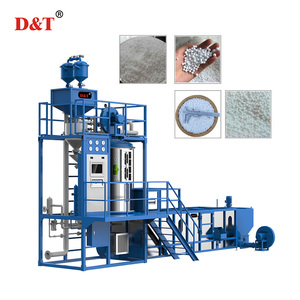










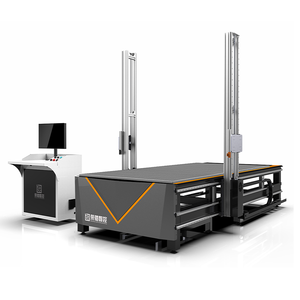
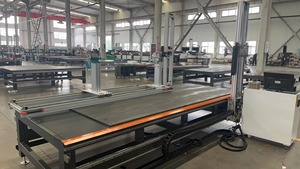

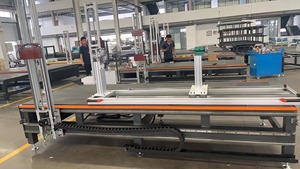















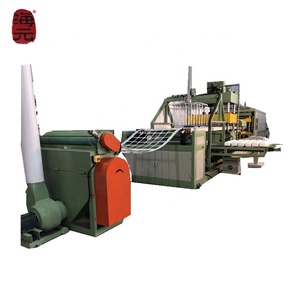
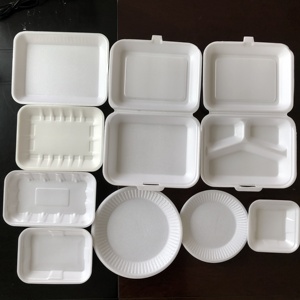
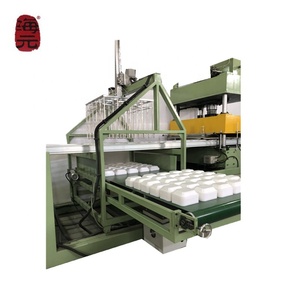
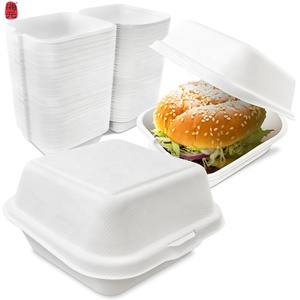


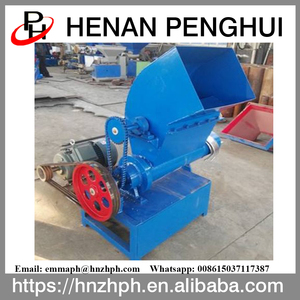
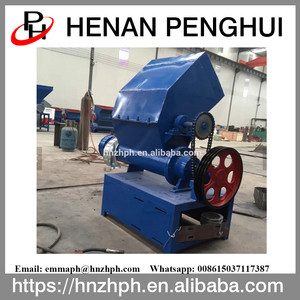
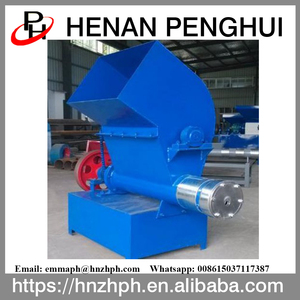
















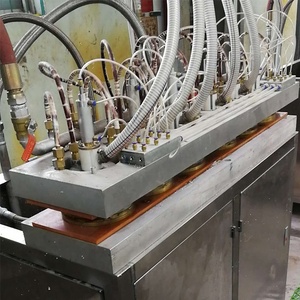












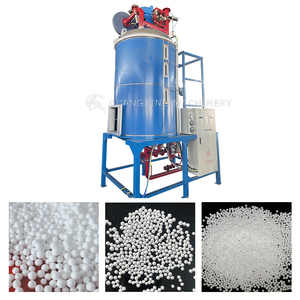
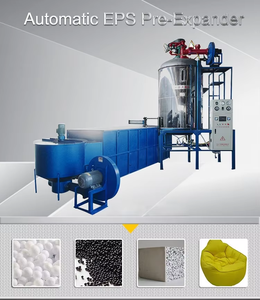

















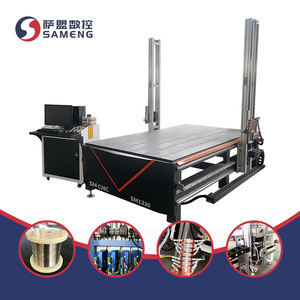





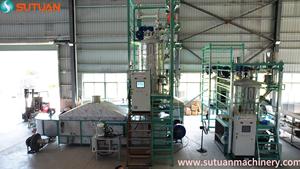















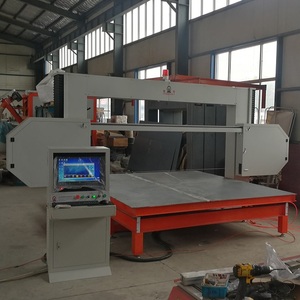



















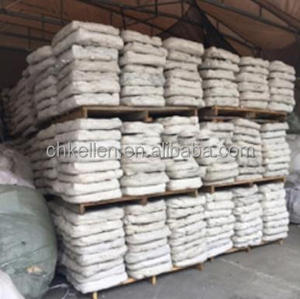
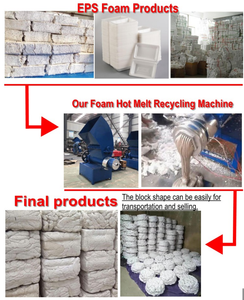





















An EPS expanding foam machine is often called an expanding foam machine. Here are some of the common variations and models of the machine.
PS foam hydraulic machine:
This type of machine is used to produce products like trays and boxes. It utilizes hydraulic technology to cut, feed, and mold foam materials. Customers use them mostly for packaging purposes. The machine uses foam blocks as the main material. It often includes a hydraulic molding system. This system unit forms the shape of the particular foam product that will be created. The feeding system of hydraulic machines is usually manual or automatic. Customers can choose which system they would prefer to use. The feeding system of the machine delivers foam material into the molding area. Once the shaping is done, foam products will need to be cut. This is where the cutting system comes into play. Foam machines with a hydraulic molding system are easier to operate and offer more precision.
EPS retrofitting machines:
These machines are used to produce different types of foam packaging products for the electronics industry. They work by upgrading existing production lines or setups to work with Expanded Polystyrene (EPS) foam materials. They change or improve the way foam materials are made, shaped, and handled to better meet customer needs or industry standards. Retrofitting machines offer flexibility and scalability to foam manufacturers. They allow them to quickly respond to changing market demands or technological advancements without having to completely replace their production facilities.
EPE expanding foam spraying machine:
In contrast to traditional foam machines that produce foam sheets, blocks, or molds, the spraying type directly applies the foam onto surfaces or substrates. These substrates are often for cushioning, insulation, or packaging purposes. One major advantage of the spraying foam machine is the reduction in wastage of foam material. Spraying machines offer more control over the application area and foam quantity.
EPS sandwich panel continuous foaming machine:
These machines work by continuously feeding raw materials in a specific proportion into the foam forming unit. What this means is that there will be continuous foamed core materials. The fomed material will then be sandwiched or enclosed between two facings or skins. The skins are usually made of materials like fiber glass, PVC and steel. Continuous foaming machines offer a cost-effective and efficient solution for producing EPS sandwich panels with high foaming density and quality consistency.
The EPS foam machine plays an important role in the expanding foam machine market. It is beneficial for businesses to know the applications of the EPS foam machine so they can maximize its useful applications and benefits.
The main material used to produce EPS is polystyrene, which is a thermoplastic substance. This material serves many applications across multiple industries.
When looking to buy an EPS foam expansion machine, it is important to consider features that affect the end result. Whether it is some packaging, an insulation board, or a product that requires floatation, each application may require a certain type of foam that will also get the job done appropriately.
Aside from the type of foam that gets produced, the method also depends on the individual requirements of each business. This includes production capacity, workspace dimensions, budget constraints, and staff expertise. For those who have large production requirements, it makes more sense to get a large setup that will be able to continue working for longer without having to stay idle. Smaller portable machines that are easy to operate will appeal to businesses that want a more affordable setup.
Another important consideration is the type of raw material the machine can process. Some may only work with polystyrene, while others will take on a combination of different materials for foam production. The feeding system and foaming method also play a role here, so it is important to look into these features closely before making a purchase.
The quality of the final product produced will depend on the foam machine used, so this is a crucial feature to consider. Machines can increase density and produce foam that is smooth and uniform. It is important to look for machines that come with automatic control to help monitor critical parameters like temperature, pressure, and density. These factors will ensure that the end product remains consistent. Automatic shut-off features will also help prevent accidents and protect the equipment from damage.
Energy-efficient machines are also quite popular because they help reduce production costs in the long run. Safety features should also be looked at carefully. Manufacturers usually include safety guidelines, so it is important to read those and look for any areas where protective equipment is recommended along with the foam machine. Quality assurance and after-sales support is another key aspect to consider. Focus on manufacturers and suppliers who offer solid support so that they don't have to deal with a malfunctioning machine all alone.
Q1: Which material does the EPS foam machine work with?
A1: Expanded Polystyrene, commonly known EPS, is a lightweight and rigid foam plastic material produced from solid carbon beads created through a polymerization process.
Q2: What is the process of EPS foaming?
A2: Extrusion, which involves melting plastic and pushing it through a mold to create products like containers and packaging. Using heat and pressure to form large bubbles within the material is another method, making it suitable for insulation and packaging.
Q3: What are the trends in the EPS expanding foam market?
A3: The increasing focus on energy efficiency is a significant driver of the EPS foam market. As industries and consumers seek solutions to reduce energy consumption and minimize environmental impact, insulating materials like EPS foam are in high demand for their energy-saving properties. Additionally, the shift toward lightweight and high-performance packaging solutions across various industries is contributing to the market growth of EPS foam.